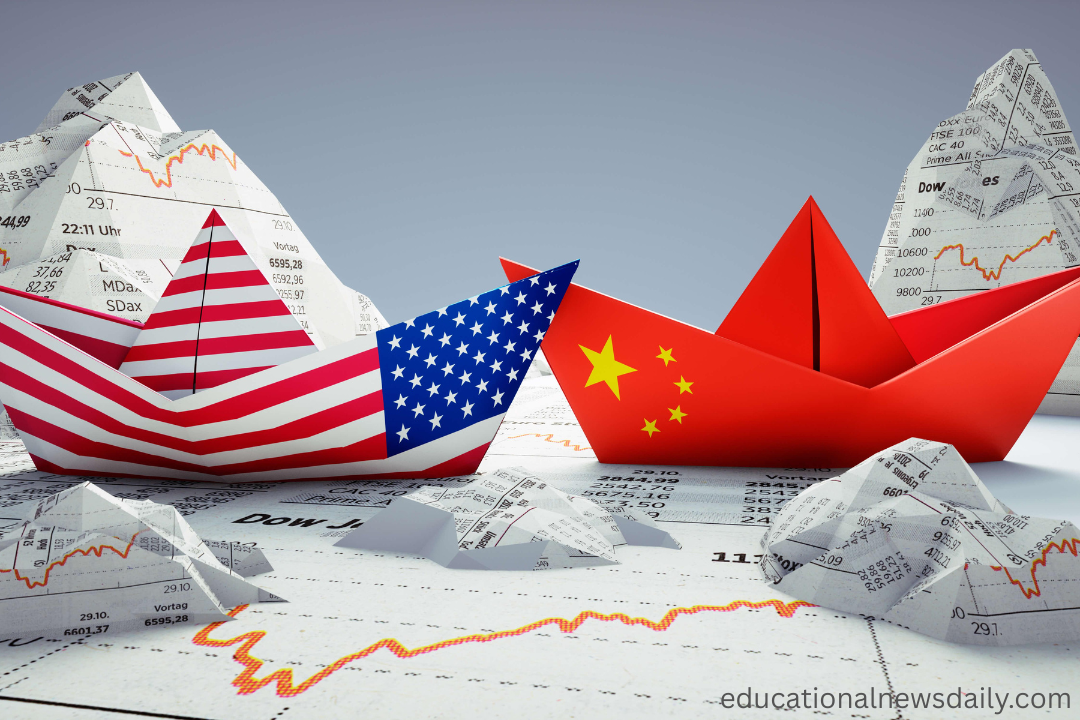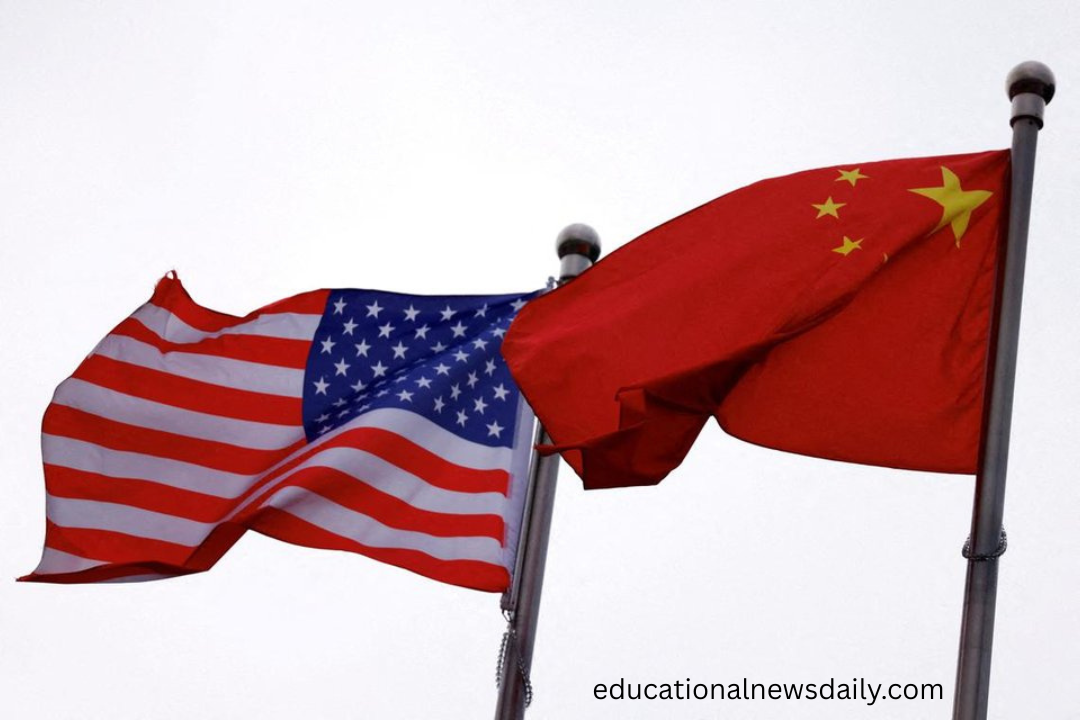The fragile trade truce between China and the United States faces renewed challenges as Beijing accuses the Trump administration of undermining the delicate agreement. This dispute has raised concerns about the stability of global markets and the future of international trade relations. The trade truce, initially hailed as a breakthrough to ease escalating tariffs and trade barriers, now appears increasingly strained.
Background of the Trade Truce
The trade truce was established following prolonged negotiations amid an intense trade war between the United States and China. Both countries agreed to pause additional tariffs and work toward resolving fundamental issues such as intellectual property rights, technology transfers, and market access. The deal was viewed as a reprieve intended to prevent further economic disruption.
China’s Perspective: US Actions Threaten the Trade Truce
China’s government has publicly criticized recent US actions, claiming they severely undermine the trade truce. According to Chinese officials, the measures taken by the Trump administration, including the imposition of renewed tariffs and sanctions on Chinese companies, violate the spirit of the agreement. China insists that these moves hinder the progress made during talks and jeopardize future cooperation.
Key Points of Contention in the Trade Truce
Several factors contribute to the current tensions surrounding the trade truce. Firstly, the US has imposed restrictions on Chinese technology firms, citing national security concerns. These restrictions have disrupted supply chains and created uncertainty among investors. Secondly, tariffs initially suspended as part of the truce have been reinstated on certain Chinese goods, prompting a strong reaction from Beijing.
Impact of the Trade Truce Breakdown on Global Markets
The instability caused by the trade truce setbacks has ripple effects across global markets. Investors have reacted with caution, resulting in increased stock market volatility. Multinational corporations face challenges in planning production and investment strategies due to the unpredictability of trade policies. Economists warn that prolonged disruption could slow economic growth worldwide.
The Role of Negotiations and Diplomacy in Maintaining the Trade Truce
Diplomatic efforts remain crucial to preserving the trade truce and preventing escalation. Both sides have engaged in talks to resolve disagreements, with mixed results. China emphasizes dialogue and mutual respect, while the US stresses enforcement and reciprocity. The future of the trade truce depends on the ability of leaders to find common ground amid competing interests.
US Domestic Politics and Its Influence on the Trade Truce
US domestic political dynamics play a significant role in shaping trade policy. The Trump administration’s approach reflects pressure to adopt a tough stance on China, appealing to certain voter bases concerned about job losses and intellectual property theft. However, some experts argue that a more collaborative approach could better serve long-term economic interests, highlighting tensions within US policy circles.
China’s Strategic Response to Trade Truce Challenges
China has adopted a multifaceted strategy in response to perceived violations of the trade truce. This includes diversifying trade partnerships through initiatives like the Belt and Road, strengthening domestic industries, and increasing retaliatory measures. Beijing also continues to advocate for reforming global trade rules to better reflect the interests of emerging economies.
Prospects for the Future of the Trade Truce

The sustainability of the trade truce remains uncertain. Renewed negotiations could pave the way for a more comprehensive agreement, but persistent mistrust and competing strategic goals complicate progress. Experts suggest that without significant concessions from both parties, the trade truce risks collapse, potentially reigniting full-scale trade conflicts.
Frequently Asked Questions (FAQ’s)
What is the trade truce between China and the US?
The trade truce is a temporary agreement designed to pause new tariffs and resolve key trade disputes between China and the United States.
Why does China claim that the US has undermined the trade truce?
China claims recent US actions, such as imposing tariffs and sanctions on Chinese firms, violate the terms and spirit of the trade truce.
How does the trade truce impact global markets?
The trade truce helps reduce uncertainty and volatility, but its potential breakdown could lead to market instability and pose challenges for global businesses.
What are the main points of disagreement in the trade truce?
Disputes include tariffs, technology restrictions, intellectual property rights, and market access between China and the US.
How have US domestic politics influenced the trade truce?
Political pressure in the US has pushed for a tougher stance on China, affecting negotiation flexibility and trade policy decisions.
What steps has China taken in response to trade truce tensions?
China is diversifying trade partnerships, strengthening domestic industries, and pushing for global trade reforms.
Can the trade truce lead to a lasting trade agreement?
While the truce provides a foundation, mistrust, and strategic differences make a comprehensive long-term deal challenging.
How vital is diplomacy in maintaining the trade truce?
Diplomatic negotiations are crucial to resolving disputes and preserving the trade truce to avoid further economic conflict.
Conclusion
The ongoing dispute over the trade truce highlights the complexity of US-China economic relations. While the trade truce initially offered hope for stability, recent developments expose deep-seated challenges. Both nations must strike a balance between national interests and global economic realities to maintain a framework that benefits their economies and the international community.

